Which thread types make for great embroidery designs? The answer isn’t as easy as you may
think. Read on and stock up on the thread you’ll use most so you’re prepared for whatever
project comes your way.
From rayon to polyester to cotton and more, the thread you choose greatly impacts the final embroidery stitchout, and it’s best to have a plethora of thread types, as well as colors, on hand in your sewing room so you’re ready for whatever design, project and fabric type you want to sew at any time.
Depending on the machine brand you own, there’s a suggested thread brand to use. The color identifier for the built-in designs in the machine will correspond to the suggested thread
brand. Some machines have the capability to convert the thread brand on screen or in software so you’re able to match the design colors with what you have on hand or your
preferred thread brand. Color charts for each thread brand are also available to download online, so you can match the digitizer’s intended colors exactly (or at least come really close).
Here you’ll see many thread brands featured to showcase different colors, types and weights of major manufacturers in the embroidery industry. Decide which brand is right for you or purchase different brands, depending on the type, weight, spool shape and size you prefer.
THREAD OVERVIEW
Not too long ago, it was general practice to use rayon for all embroidery stitchouts. The sheen and strength unsurpassed many other thread types, and rayon was the most readily
available specialty thread labeled for embroidery use. Thread It’s common practice now to use other thread types for stitchouts, depending on the fabric weight and intended end result. From rayon to polyester to wool and metallic, a few tweaks to the thread delivery (horizontal to vertical, external thread stands and various spool-pin cap sizes) and stitchouts speed allow for much more thread experimentation. Plus, each thread brand provides great support on
their websites to guide you through the embroidery process, leaving no stitchout to chance.
Color charts from various thread manufacturers.
Cotton
Cotton threads are softer than rayon and polyester and more susceptible to breakage; however, slowing down the embroidery speed should eliminate the probability. Cotton thread is most suited to lightweight fabrics and also produces delicate freestanding lace. The matte finish of cotton produces great tone-on-tone embroideries that have a subtle finish rather than high-gloss impact.
Rayon
Rayon is still the most preferred thread type for machine embroidery due to its high sheen and
reflective nature. It’s made from cellulose and can withstand the high speeds of most embroidery machines without breaking as shiny and reflective as rayon. The thread is man-made from oil and is synthetic. It’s fade-resistant and colorfast, making it a popular option for projects that may suffer from frequent washing and/or wearing.
Silk
Silk threads are the best choice when working with delicate fabrics, such as satin, charmeuse
and organza. Silk is surprisingly strong and can withstand the high speeds of most embroidery
machines. It has a nice sheen and produces luxurious stitchouts that feel soft and supple. Use silk thread for lingerie embroidery or special occasion garments when a couture result
is desired (and when your wallet is full!).
Polyester
Polyester threads are similar to rayon in durability, but they aren’t as shiny and reflective as rayon. The thread is man-made from oil and is synthetic. It’s fade-resistant and colorfast, making it a popular option for projects that may suffer from frequent washing and/or wearing
Bobbin
Bobbin thread labeled as such is designed for use only in the bobbin for machine embroidery applications. It’s lightweight yet durable and well suited for high-speed stitching. Typically
in white or black, chosen depending on the stabilizer and thread colors, bobbin thread
comes in many sizes and should match the thread weight that’s used in the needle. The bobbin thread shouldn’t be visible when a balanced stitchout is complete. If the thread is seen, adjustments are needed including, but not limited to, rethreading, using a different
needle size or type, rewinding the bobbin or slowing the machine speed. If the problem
persists or the design is visible on the project wrong side when using or wearing, wind the
bobbin with the same thread that’s used in the needle and plan to switch bobbins with
each color change.
Monofilament/Nylon
Speaking of quilting designs, monofilament thread is used when invisibility is desired. Quilting in the ditch or embroidering the final step to secure an applique design is done with professional polish using these types of invisible thread. Depending on the type, the thread may stretch when used at high speeds, so use caution when winding bobbins and embroidering certain design steps.
Glow in the Dark
High quality glow-in-the-dark thread is polyester. The glow can last up to 10 hours in certain thread types; some need to be “charged” by putting the thread up to a light source, while others roduce a subtle natural glow. This thread works best with dense fill stitch designs because the multiple thread layers produce maximum glow. Stock at least one glow spool in your sewing stash for Halloween décor, fun monograms or designs for kid rooms.
THREAD TEST
No matter the thread you use for your project, it’s important to perform a test stitchout to ensure the stabilizer, fabric, thread and needle work together well to produce the
intended result.
When working with an unfamiliar thread brand, type or weight, save each test stitchout and organize them into a reference binder. Note the brand, type and weight as well as the stabilizer brand and type, fabric type and any machine adjustments needed to produce a balanced stitchout.
THREAD KITS
Many thread brands offer kits, or “thread packs,” containing complementary colors in different
weights and types, depending on your machine embroidery needs.
Purchasing a kit is a great choice when auditioning a thread brand for your next project. Often the kit will come i a color family suitable for a season or specific project, and many come with design downloads, too. Research the brand website to view available kits, and then locate a retailer near you for more support. They’re happy to help!
The wide availability of specialty threads is part of what makes machine embroidery so fun! Most threads in this category require a specialty needle in order to ensure a balanced and proper stitchout. Many require a slower machine speed or a different threading method to ensure the thread doesn’t twist or break on its way to the needle eye. Consult the thread manufacturer for specific tips regarding the thread in question. A couple of quick
modifications are likely all you need to achieve a professional finish when using these threads
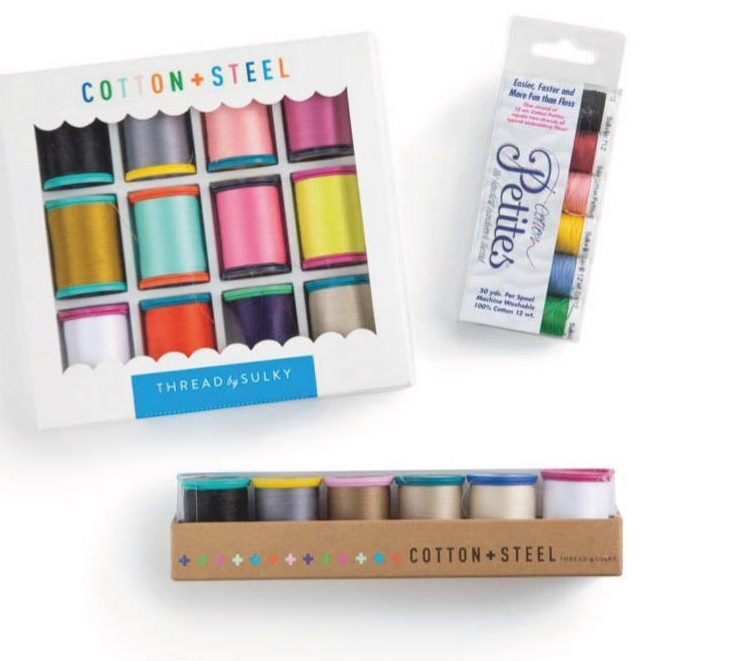
Related Posts
Discover relevant articles, tutorials, and tips to improve your skills and explore new techniques.
Stay inspired and connected to our embroidery community.
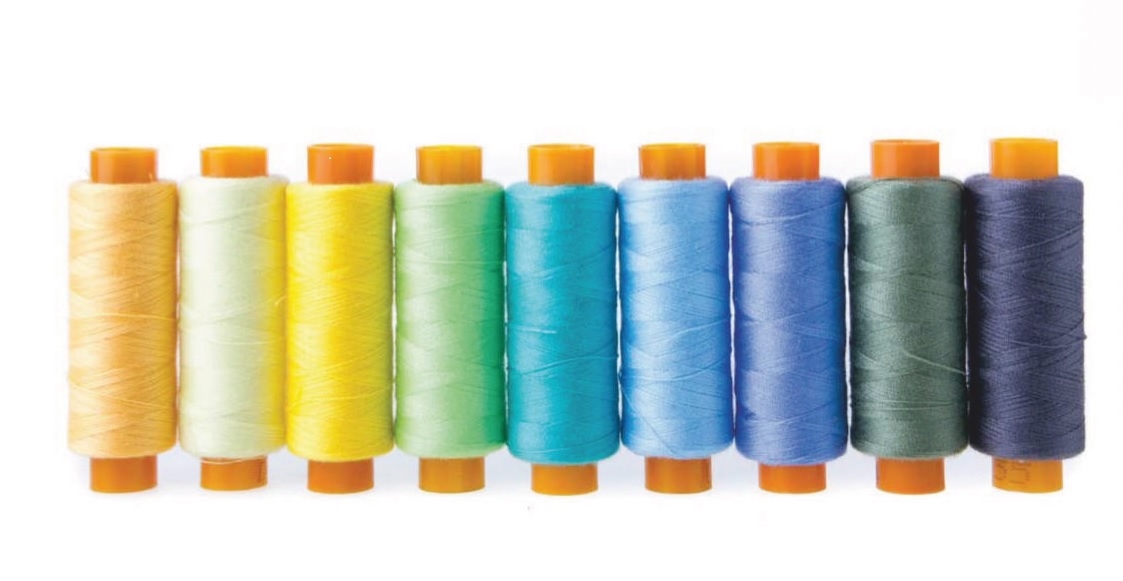
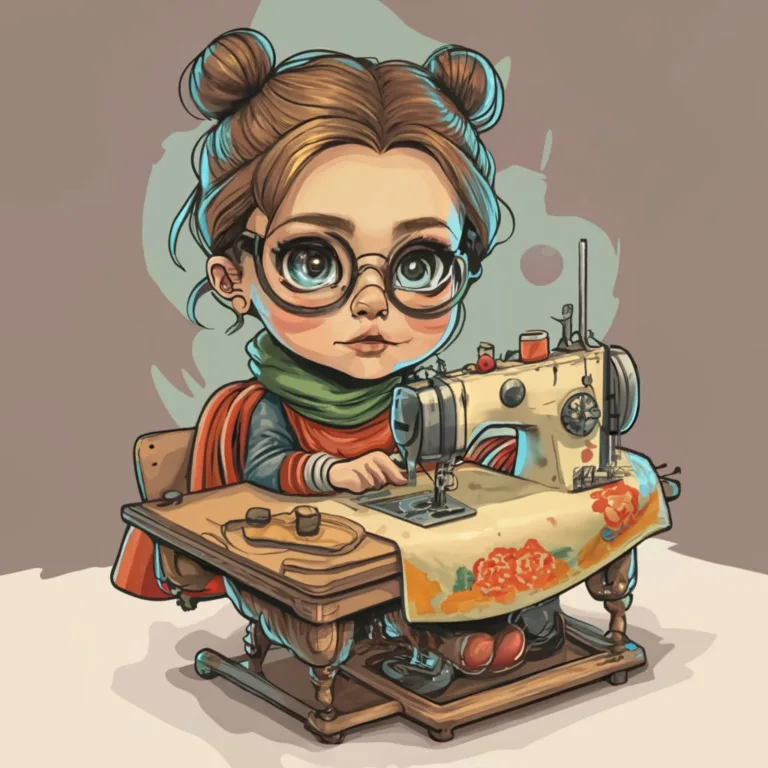

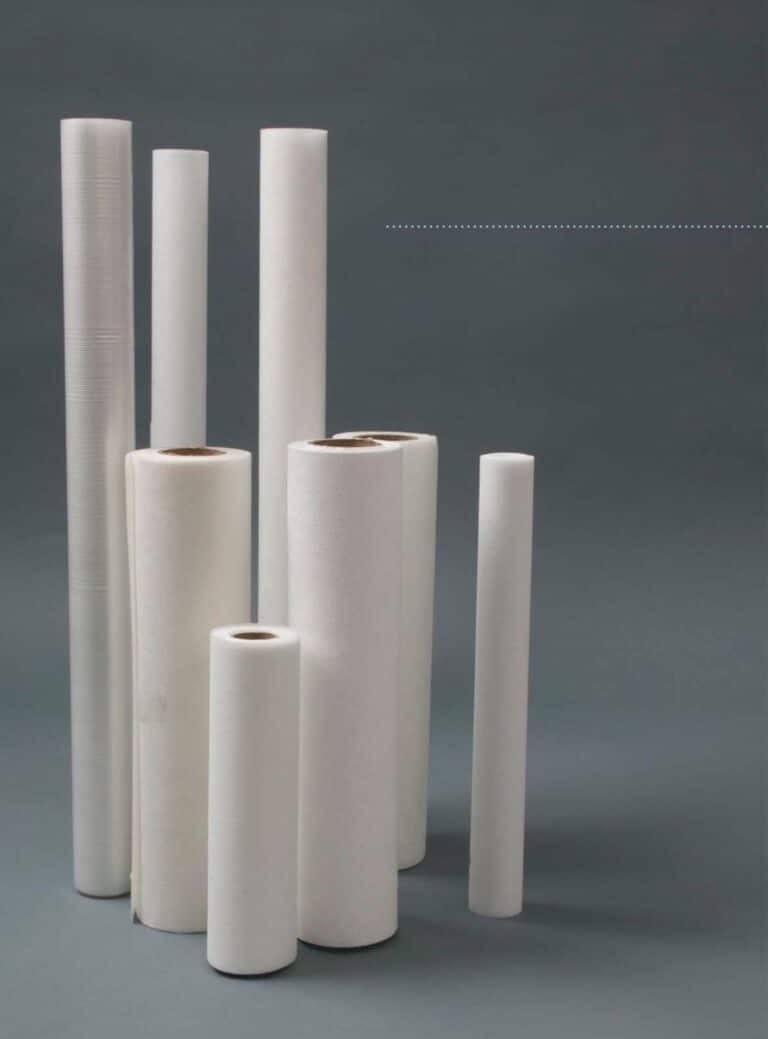
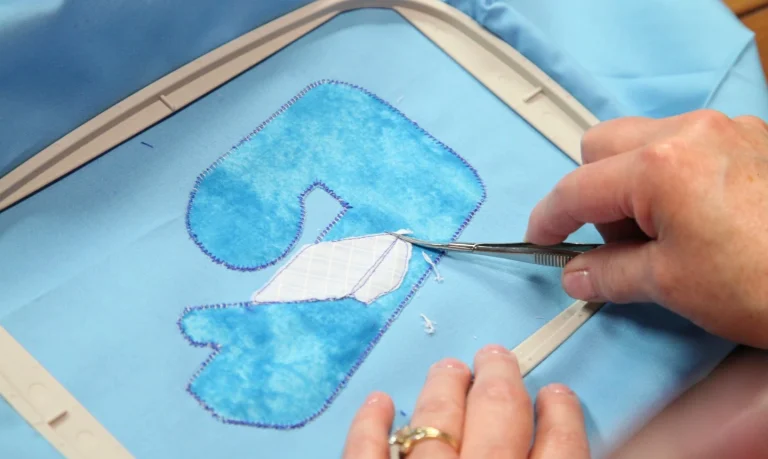

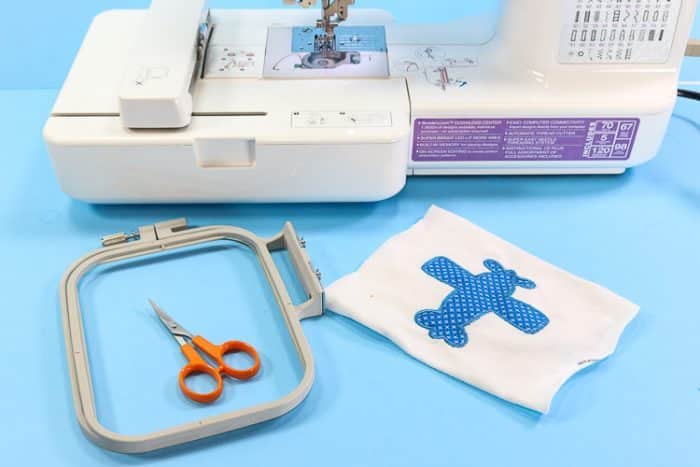
thank you for your valuable advice
Definitely consider that which you said. Your favorite
justification appeared to be at the web the easiest factor to take into accout of.
I say to you, I definitely get annoyed even as people think about worries that they just
do not recognize about. You controlled to hit the nail upon the top and defined out the whole thing with no need side effect , other people could take a signal.
Will probably be back to get more. Thanks
Amazing things here. I am very happy to see your post.
Thanks so much and I am looking ahead to contact you.
Will you please drop me a mail?
Wow, that’s what I was looking for, what a stuff!
Your means of describing everything in this paragraph is actually fastidious, all
be capable of without difficulty be aware of it, Thanks a lot.